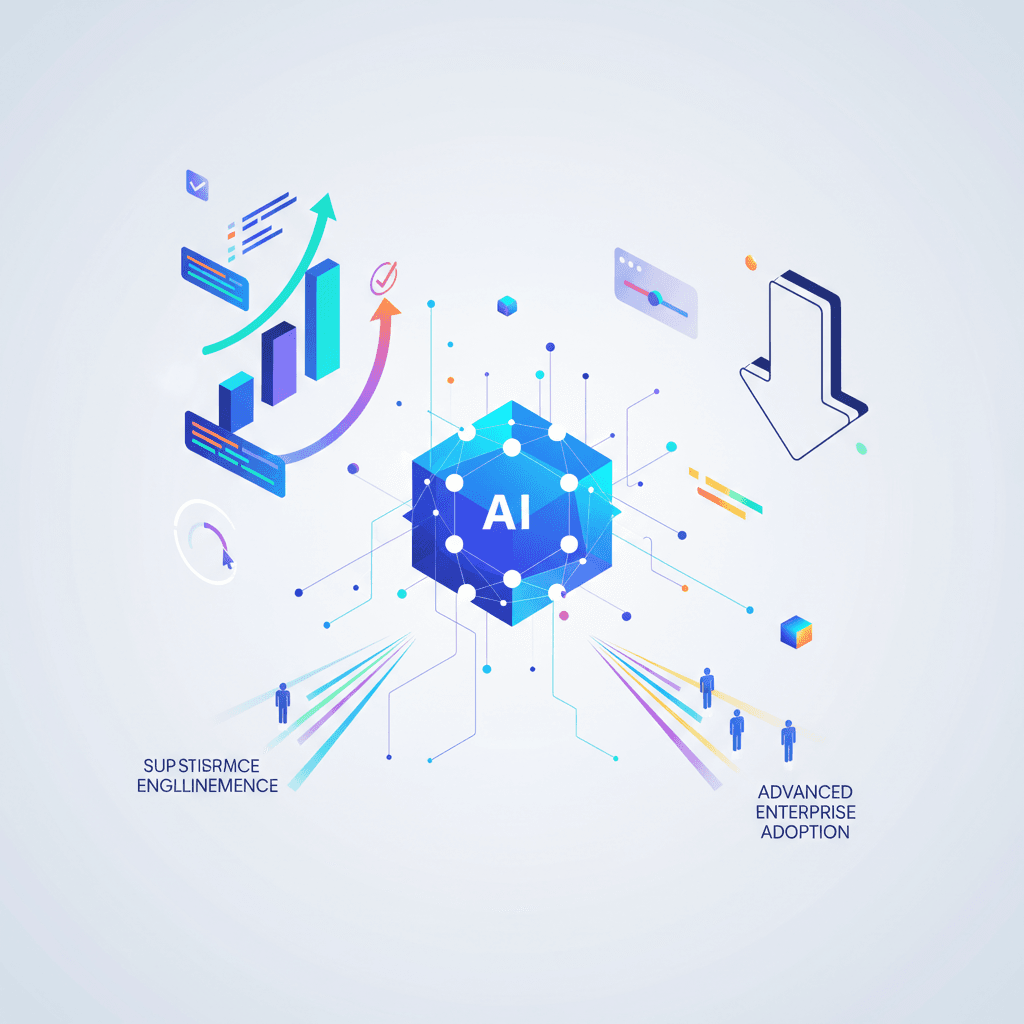Anthropic Unleashes Claude Opus 4.5: Record AI, Two-Thirds Price Cut
With record coding benchmarks and a two-thirds price cut, Claude Opus 4.5 democratizes enterprise AI and agentic power.
November 24, 2025

Anthropic has introduced its latest premier artificial intelligence model, Claude Opus 4.5, signaling a significant move in the competitive AI landscape. The new model establishes new benchmarks in software engineering capabilities, introduces more sophisticated agentic features for automating complex tasks, and is being offered at a drastically reduced price.[1][2] This release intensifies the rivalry among major AI developers, positioning Anthropic to capture a larger share of the enterprise market by offering top-tier performance at a more accessible price point. The combination of enhanced power and reduced cost is poised to accelerate the adoption of advanced AI in various industries, particularly those reliant on complex coding and automated workflows.
At the core of Claude Opus 4.5's advancements are its record-setting achievements in software engineering benchmarks. The model scored an impressive 80.9% on the SWE-bench Verified, a key industry standard for evaluating real-world software engineering tasks.[3] This performance surpasses that of its predecessor, Claude Sonnet 4.5, as well as competing models from Google and OpenAI.[3][2] Beyond standardized tests, Anthropic subjected the model to its own demanding performance engineering candidate test, where Opus 4.5 outperformed all previous human applicants.[2] This proficiency extends to terminal-based coding, where it also shows substantial improvement, indicating its strength in handling autonomous, multi-step coding workflows that are increasingly crucial for enterprise applications.[3] The model is not only more accurate but also more efficient, often requiring fewer steps and using fewer tokens to solve the same problems, which translates to faster and more cost-effective results for developers.[1]
In a strategic effort to broaden access to its most powerful technology, Anthropic has implemented a dramatic price reduction for its top-tier model. The cost for Claude Opus 4.5 has been set at $5 per million input tokens and $25 per million output tokens.[1][2] This represents a two-thirds price cut compared to the previous Opus model, which was priced at $15 for input and $75 for output.[4][2] This aggressive pricing strategy makes what was once a premium, and for some, cost-prohibitive, model a more viable option for a wider range of developers, teams, and enterprises.[1] By making its state-of-the-art AI more affordable, Anthropic is directly challenging competitors and aiming to establish Opus 4.5 as the go-to model for a majority of tasks, not just the most complex ones. This move is expected to stimulate innovation as more developers are empowered to build sophisticated AI solutions on Anthropic's platform.
Beyond raw performance and cost-efficiency, Claude Opus 4.5 introduces new features that grant users greater control and enable more powerful, autonomous "agentic" workflows. A key innovation is a new "effort" parameter in the API, which allows developers to balance capability against speed and cost.[1] This gives them the flexibility to optimize the model's performance for specific tasks, choosing to either minimize expense or maximize reasoning power. Furthermore, the model's agentic capabilities have been significantly enhanced, allowing it to autonomously manage complex, multi-step projects that require sustained reasoning, such as end-to-end creation of professional documents, spreadsheets, and presentations.[5][6] These agents can now tackle tasks that might take a human developer days and complete them in a matter of hours, demonstrating improved consistency and reliability in long-running operations.[6] This focus on building more capable AI agents is a clear signal of the industry's direction toward systems that can independently plan and execute complex workflows.
The launch of Claude Opus 4.5 is a pivotal moment for Anthropic and the broader AI industry. By delivering a model that leads the field in the critical area of software engineering while simultaneously making it significantly more affordable, the company has made a compelling case for its technology in the enterprise sector. The introduction of more nuanced developer controls and more robust agentic features further solidifies its position as a leader in creating practical, powerful AI tools. This release is likely to trigger a new cycle of competition focused not just on benchmark supremacy but also on price-performance ratios and the usability of advanced AI features. As businesses and developers increasingly integrate these powerful models into their operations, the advancements pioneered by Claude Opus 4.5 will likely play a key role in shaping the next generation of AI-powered applications.